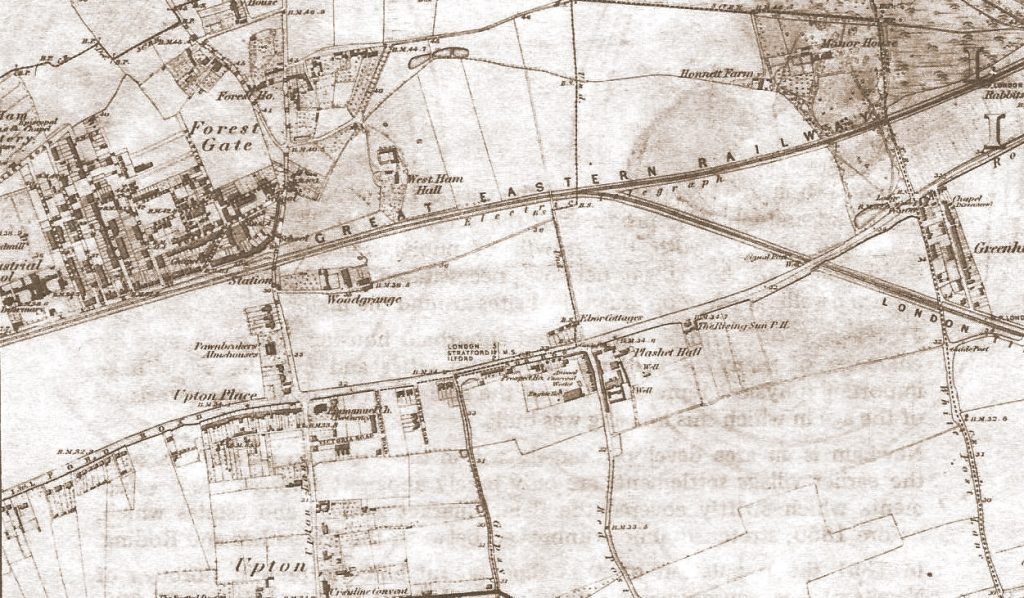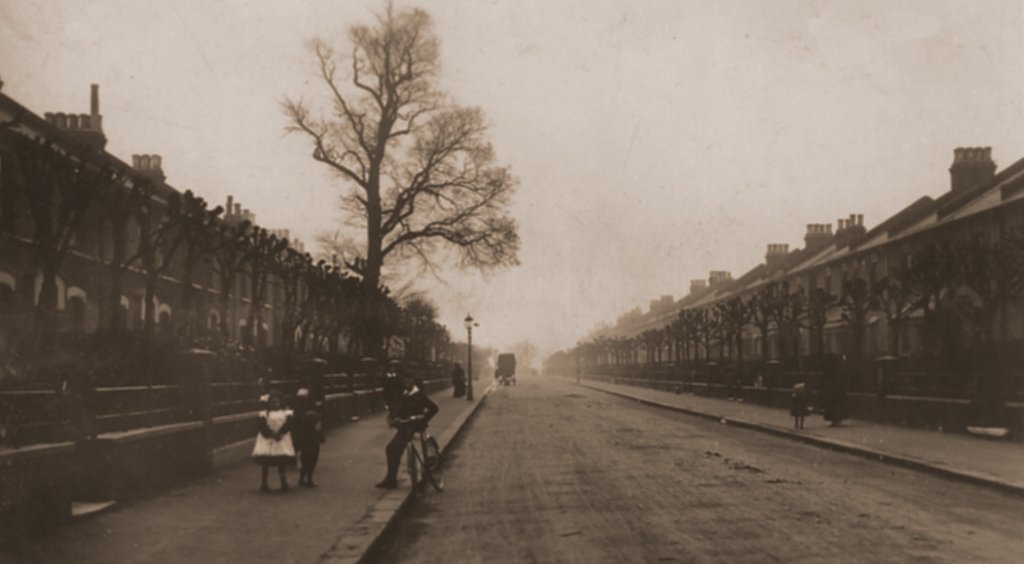In the late 1870s, Archibald Corbett’s father Thomas’s entrepreneurial spirit had led him from commodity trading into an altogether riskier business: speculative housing development. London was expanding, and there was money to be made by those willing to bet that the houses they built would find occupants to pay the rent (Britain at the time was a nation of renters – less than 10% of people actually bought their own home, and many of course were living in cramped and unsanitary conditions).

In 1877 Thomas paid £44,000 for 110 acres of Essex farmland (which was famous for its onions and potatoes) just to the north-east of London at Forest Gate. In today’s money that’s around £3 million, which shows he had plenty of financial muscle. He set about building hundreds of Victorian villas on streets he named after royal residences – Balmoral, Windsor, Osborne and so on. Archie and his brother Tom both joined their father in his new venture, and set about learning the business of property developing.

According to his grandson, Thomas “immensely enjoyed drawing up the plans himself, with a builder but no architect”. This was quite possible in those days because regulations were lighter and one could purchase a ‘pattern book’ of stock house designs and use them as a basis for your own concoction. Corbett senior was anti-drink, so the estate was built without any pubs or inns, a theme that Archibald would very much continue.
‘Woodgrange’ Estate (it was named after the farm which it supplanted) took around 15 years to complete and is a fine example of an early ‘garden suburb’, along the lines of the much more famous Bedford Park, which was being built around the same time. Woodgrange is more regimented with its long straight roads, and lacks the artistic and commercial amenities provided in the west London estate, but it has its own distinctive style and also stands out because it was a coherent creation of one developer – the Corbetts – rather than a mixture of styles that most speculative developments would have seen. In 1976, nearly 100 years after it was begun, the local council recognized its ‘unique contribution to the townscape and that it is of historic interest in the context of the expansion of Victorian London and the development of the suburbs’ 4 and turned it into a Conservation Area. If you ever find yourself near that part of London, it’s well worth checking out the wide tree-lined roads and the grand-looking houses – some of which retain their old glass and iron front canopies which reference the railway architecture of the era.
Thomas himself wouldn’t see the estate completed: he died suddenly in 1880, leaving the business to his sons. As the elder, Tom would have presumably been the main beneficiary, but he declared a lack of interest in the enterprise and either handed it over to Archibald, or was bought out by his brother. Archie persevered, and in 1893 hired some Scottish managers to assist him – Messrs Strachan, Donald and Kydd. They would be particularly useful when he took up his second career as a politician (of which more later) but although he might not have been in the office every day, he was very much involved when it came to running the business, which to him was about much more than just making a fast speculative buck. He had lofty ideas about improving society as a whole, and saw house-building as a way of creating a society along the lines of the best that his upbringing had taught him: temperance, respectability, a healthy environment and the chance to become more self-reliant by buying, rather than renting, your own home.